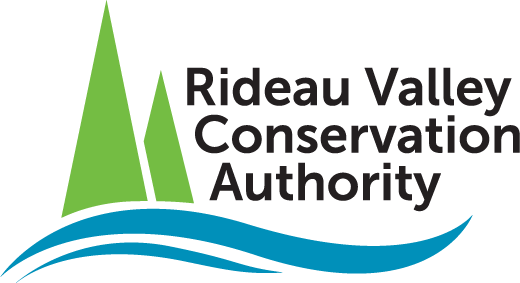Fresh water is a natural resource critical to the economic and environmental well-being of all residents of the Rideau Valley. Periods of dry, hot weather and low water levels have historically been relatively uncommon, happening every decade or so. But with changing climate and weather patterns, low water levels are becoming more frequent.
The Rideau Valley Low Water Response Team, co-ordinated by RVCA, is comprised of representatives from various water user groups: municipalities, farmers, businesses, recreation and others. The Response Team communicates when necessary to review stream flow information and weather forecasts, and will declare a low water condition for the watershed when required.
Our low water index has four stages:

GREEN - Normal: Conditions are normal. No low flow or drought conditions exist.

YELLOW - Minor: There is minor concern. 80% to 60% of long-term average precipitation for 540 day and/or 90 day precipitation totals and/or 7-day average streamflows are less than the 5-year return period low flow.

ORANGE – Moderate: There is a potentially serious problem pending. 60% to 40% of long-term average precipitation for 540, 90 and/or 30 day precipitation totals and/or 7-day average streamflows are less than the 10-year return period low flow.

RED – Severe: There is a failure of the water supply to meet demand. Less than 40% of long-term average precipitation for 540, 90 and/or 30 day precipitation totals and/or 7-day average streamflows are less than the 10-year return period low flow.
Low water affects:
- municipal drinking water sources
- private wells
- lakes, rivers, ponds and species living in those waters
- agriculture (irrigation & watering livestock)
- firefighting
- business and industrial uses
- recreation (boating, fishing, swimming)
- personal uses (drinking, washing, laundry, etc.)



